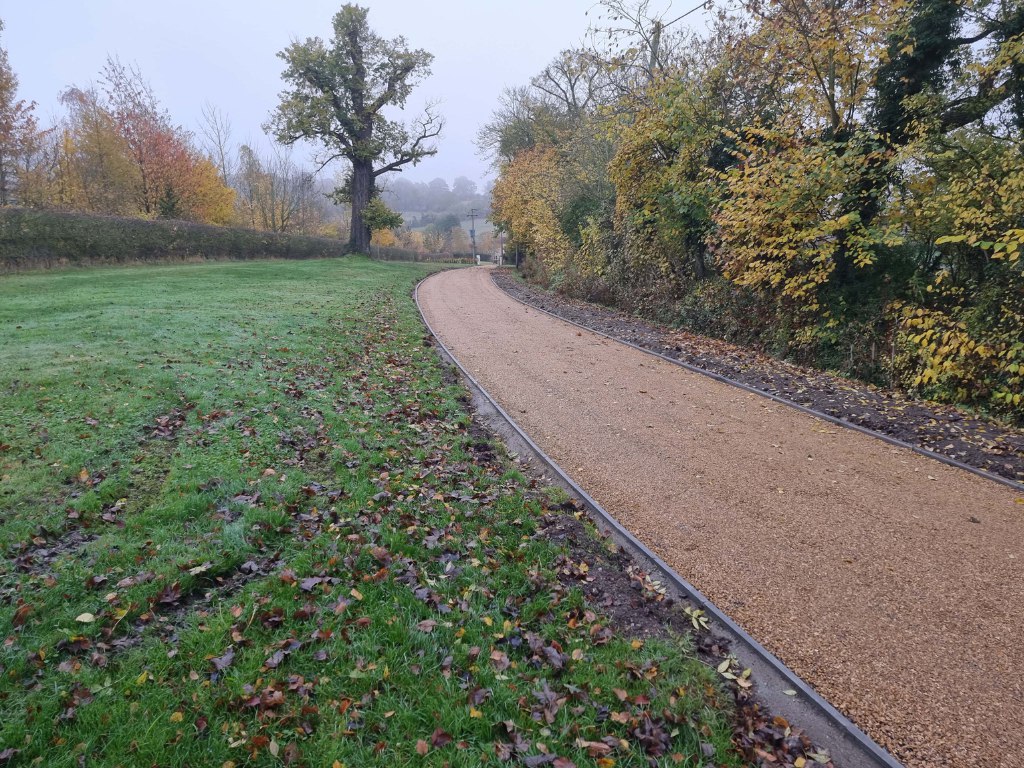Paving the Path: Best Practices for Tarmac Farm Road Design and Layout
Introduction: Designing and laying tarmac farm roads requires careful planning and consideration to ensure optimal functionality, durability, and efficiency. These roads are critical arteries of agricultural operations, providing essential machinery, vehicles, and personnel access across expansive farmlands. This article will delve into the best practices for tarmac farm road design and layout, outlining key considerations and strategies to achieve success.
Conduct a Comprehensive Site Assessment:
- Before embarking on tarmac farm road design, it’s essential to conduct a thorough site assessment to evaluate the terrain, soil conditions, drainage patterns, and traffic volumes. Understanding the site’s characteristics will inform road alignment, grading, and drainage requirements decisions. Additionally, consider factors such as proximity to water bodies, environmental sensitivity, and wildlife habitat when designing road layouts to minimise ecological impact.
Optimise Road Alignment and Grading:
- Optimal road alignment and grading ensure smooth, safe, and efficient transportation on tarmac farm roads. Aim to minimise sharp turns, steep grades, and excessive curves, which can increase vehicle wear and impede traffic flow. Instead, design roads with gentle curves and gradual slopes to enhance driver visibility, vehicle stability, and safety. Proper road grading is also essential to facilitate water drainage and minimise erosion, particularly in areas prone to heavy rainfall or runoff.
Incorporate Adequate Drainage Solutions:
- Effective drainage is essential for preserving the integrity and longevity of tarmac farm roads. Incorporate a comprehensive drainage plan that includes ditches, culverts, and cross drains to channel water away from the road surface and prevent ponding or erosion. Ensure drainage infrastructure is properly sized, positioned, and maintained to accommodate anticipated water flow and minimise the risk of flooding or road damage.
Prioritise Road Surface Quality and Durability:
- The quality and durability of the road surface are critical factors in tarmac farm road design. Select high-quality tarmac materials with appropriate aggregate gradation, asphalt binder content, and compaction specifications to ensure a durable and resilient pavement surface. Consider factors such as traffic volume, vehicle weight, and anticipated usage when determining the thickness and composition of the road surface. Additionally, apply surface treatments such as sealants or coatings to enhance durability, weather resistance, and skid resistance.
Implement Safety Measures and Signage:
- Safety should be a top priority in tarmac farm road design, with measures in place to minimise risks and hazards for road users. Install clear signage, road markings, and warning signs to alert drivers to potential hazards such as sharp curves, intersections, or changes in road conditions. Incorporate safety features such as guardrails, rumble strips, and reflective markers to enhance visibility and awareness, particularly in low-light or high-traffic areas.
Consider Environmental and Ecological Factors:
- Incorporate environmental considerations into tarmac farm road design to minimise ecological impact and preserve natural resources. Avoid routing roads through sensitive habitats, wetlands, or protected areas whenever possible. Implement erosion control measures, revegetation strategies, and wildlife crossings to mitigate environmental disturbance and promote habitat connectivity. Farmers can minimise their ecological footprint and promote sustainable land management practices by integrating environmental stewardship into road design.
Conclusion: Designing tarmac farm roads involves careful consideration of site conditions, drainage requirements, safety considerations, and environmental factors to ensure optimal functionality and longevity. By following best practices such as conducting site assessments, optimising road alignment and grading, incorporating adequate drainage solutions, prioritising road surface quality, implementing safety measures, and considering environmental factors, farmers can create tarmac farm roads that enhance efficiency, safety, and sustainability in agricultural operations. Investing in well-designed and properly maintained tarmac roads is a means of improving farm infrastructure and a pathway to greater productivity, profitability, and resilience in the agricultural landscape.
Call us on: 01580 239 596
Click here to find out more about Tenterden Driveways
Click here to complete our contact form and see how we can help with your driveway needs.

